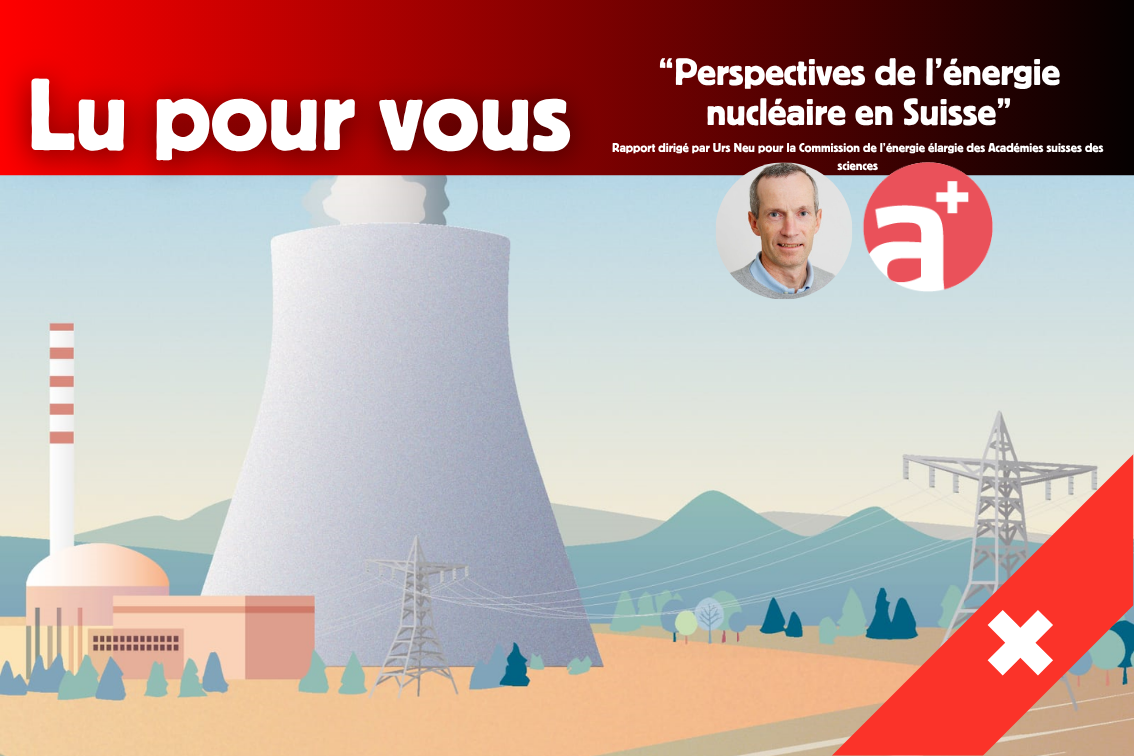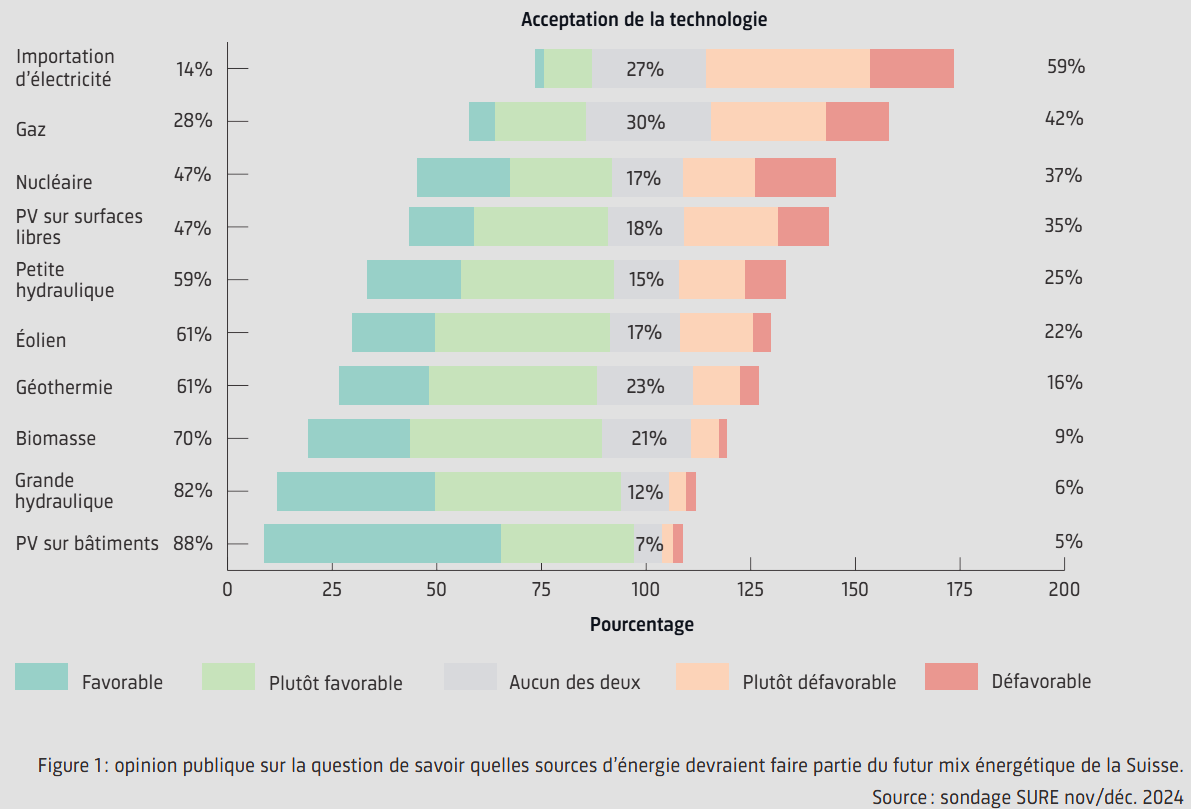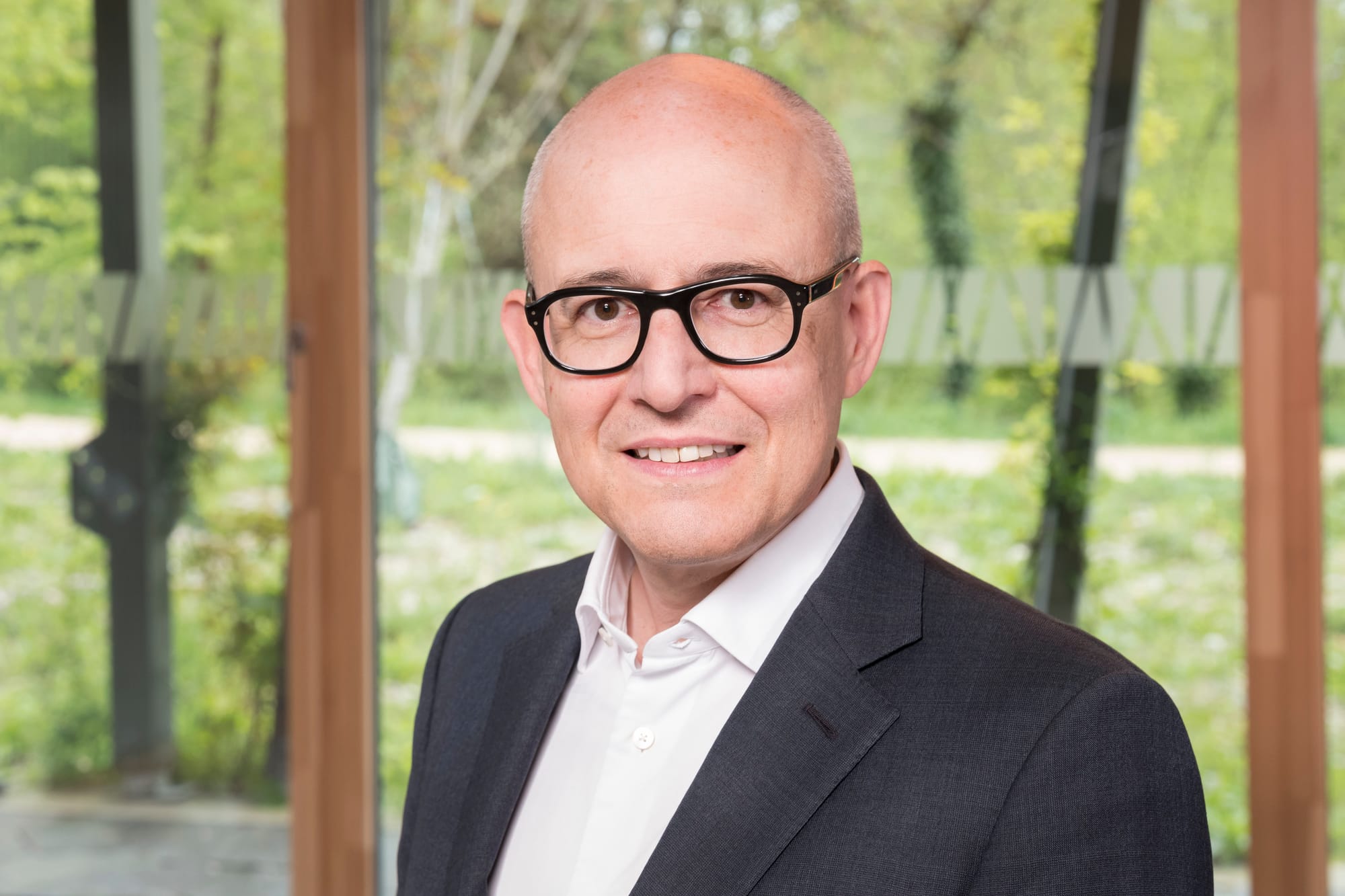Technological evolution : In their report, the researchers detailed the latest technological advances in the field of nuclear energy, in order to provide a comprehensive view of the issue.
As we mentioned in a previous article, two radically different models are competing today.
On the one hand, high-power reactors rely on centralized production, with units of about 1,600 MW. On the other hand, Small Modular Reactors (SMRs), more recent designs, offer an electrical capacity between 10 MW and 300 MW. A few SMR prototypes are currently being tested in Russia and China. Others are under development in Argentina, Canada, South Korea and the United States, where more than 80 units are intended for commercial use.
Whether for SMRs or large plants, the current issue is their technology. The vast majority of the four hundred and fifteen civil reactors in operation worldwide are generations I to III and cooled by water. If the new generation, called III/III+, also relies on water, it is distinguished by passive safety systems that do not depend on an external power supply nor on human intervention.
Swiss slowness could nevertheless turn into an asset, allowing Switzerland to jump directly to generation IV. This new generation of reactors no longer uses conventional water cooling, but relies on gases, liquid metals such as lead or sodium, or molten salts. These technologies promise "to increase efficiency while markedly improving the safety of installations, because these reactors operate at much lower pressure and greatly reduce the production of highly radioactive waste." However, somewhat similarly to the attractive promises of nuclear fusion, these advances remain still very hypothetical at this stage of research.





